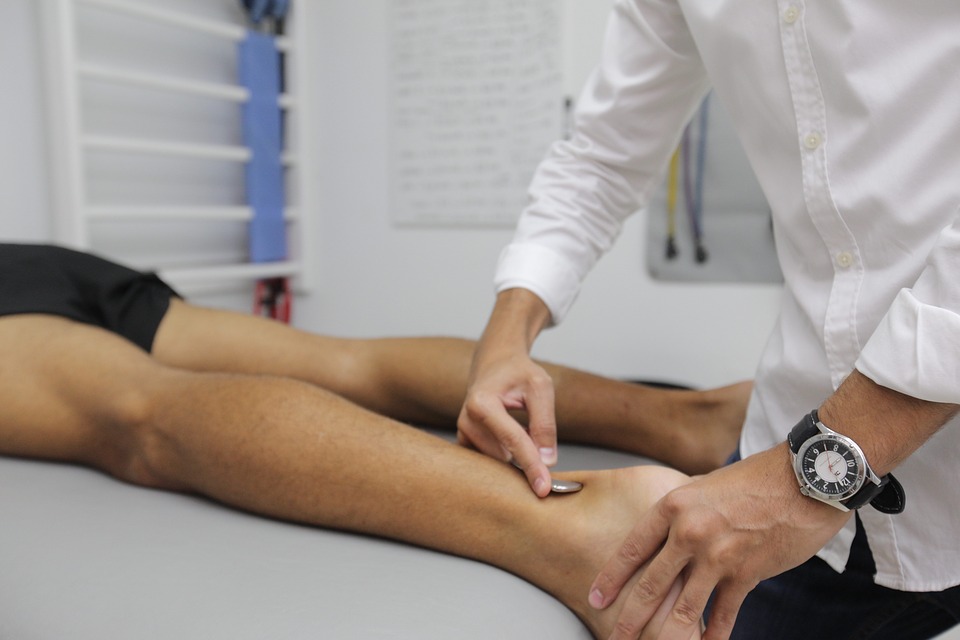Developing new techniques to enhance wellness is a continuous journey that many of us are on. Achieving a healthy lifestyle by improving mobility and strength and releasing stress is what physiotherapy helps patients acquire. The ever changing world of specialized physiotherapy has begun to administer a technique that gives your ‘fascia’ a thorough workout. Myofascial release massage therapy has become a fan favourite among patients that want to achieve general health and loosen tightened muscles for easy movement and reduced pain.
What exactly is the fascia? Check out Pro Fusion Rehab’s straightforward guide to understanding fascia and how a myofascial release is beneficial.
What Is Fascia?
The fascia is connective tissue which has a web-like appearance that clings and wraps around each muscle and organ, including the brain, heart, lungs and spinal cord in the body. The fascia is not a singular woven substance, in fact, the fascia system is all connected from head to toe without any separation. This weave of connective tissue underneath the skin provide extremely strong structural support and protection for the organs and muscles in the body. The fascia system has three different types of layers based on its function. This includes the following:
- Superficial Fascia: The lowermost coating of the body underneath the skin that acts as the design for the body’s shape. It is present on each body part from head to toe. It facilitates the skin’s movements and functions as a medium for nerves and vessels to pass through to the skin.
- Deep Fascia: A layer of thick connective tissue, the deep fascia surrounds nerves, blood vessels and muscles.
- Visceral/Parietal Fascia: This layer of the fascia system surrounds the abdomen, heart and lungs, as well as other organs located in the body’s cavities.
The Myofascial Release and It’s Benefits
A type of physiotherapy treatment, myofascial release is used to reduce pain and treat chronic pain disorders that have been caused by stiffness in the fascia system. The pain that a patient is suffering from often comes from “trigger points” within a layer of the fascia. Myofascial release works to aid in the release of these trigger points by easing the area’s stiffness. A physiotherapist will gently massage the myofascia to identify the tightness. Through stretching and massaging the area with slight pressure, the RMT will aid the tissue by releasing its pressure. By releasing the trigger points in the fascia, tension will be reduced and ultimately allow for a smoothing of the body.
Pro Fusion Rehab has a team of highly trained, certified physiotherapists who specialize in treating chronic pain and helping patients improve their overall well-being. Our Milton and Pickering physiotherapy clinics have acquired a highly respected and trusted reputation for our effective techniques and compassionate care. Our mission is to restore your pain-free life and rebuild the confidence and will to complete tasks with ease.
Combating your pain is our priority! Contact us online or give us a call to learn more today!
